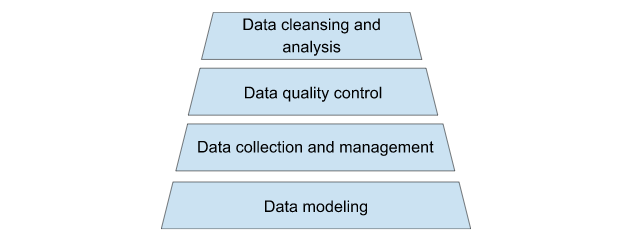What is High Quality Data in R&D?
Last Updated on January 18, 2023 — 3 min read
High-quality data is essential for the success of R&D operations as it ensures accurate results and informed decisions. Poor data quality can lead to negative outcomes such as incorrect conclusions, wasted resources, and missed opportunities. In external contexts, high-quality data in technical data packages can boost customer satisfaction and commitment.
A number of factors contribute to high quality R&D data, including:
- Data modeling: Modeling R&D data requires a delicate balance between data quality & governance as demanded by IT systems and the flexibility necessary to adapt to evolving R&D needs. Failing to do so would either impede innovation or impact data reusability.
- Data collection and management: A playbook for systematic data collection is essential for each R&D lab. This includes defining what data is needed, how it will be collected, and who is responsible for managing it. Once collected, data must be stored in a secure and accessible manner, so that it can be easily retrieved and used for analysis.
- Data quality control: In order to ensure the accuracy and reliability of data, quality control procedures must be put in place. These procedures should be defined by R&D personnel and domain experts, and be flexible enough to cope with different data formats and requirements.
- Data cleansing and analysis: R&D data are highly complex and contextual. Any cleansing and transformation steps should be properly documented to ensure reproducibility. Additionally, analysis should be clear and concise so that results can be easily understood and used to make informed decisions.

Measuring the quality of R&D data is a multifaceted task and there is no one-size-fits-all solution. One approach is to focus on key data metrics, such as the FAIR principles (Findable, Accessible, Interoperable, and Reusable) to optimize data reuse. Another aspect is to consider the impact on organizational outcomes, such as how it informs decision-making, improves processes and products, and ultimately generates value for the organization.
What pain points do you have with R&D data quality?
- Digital TransformationData Management